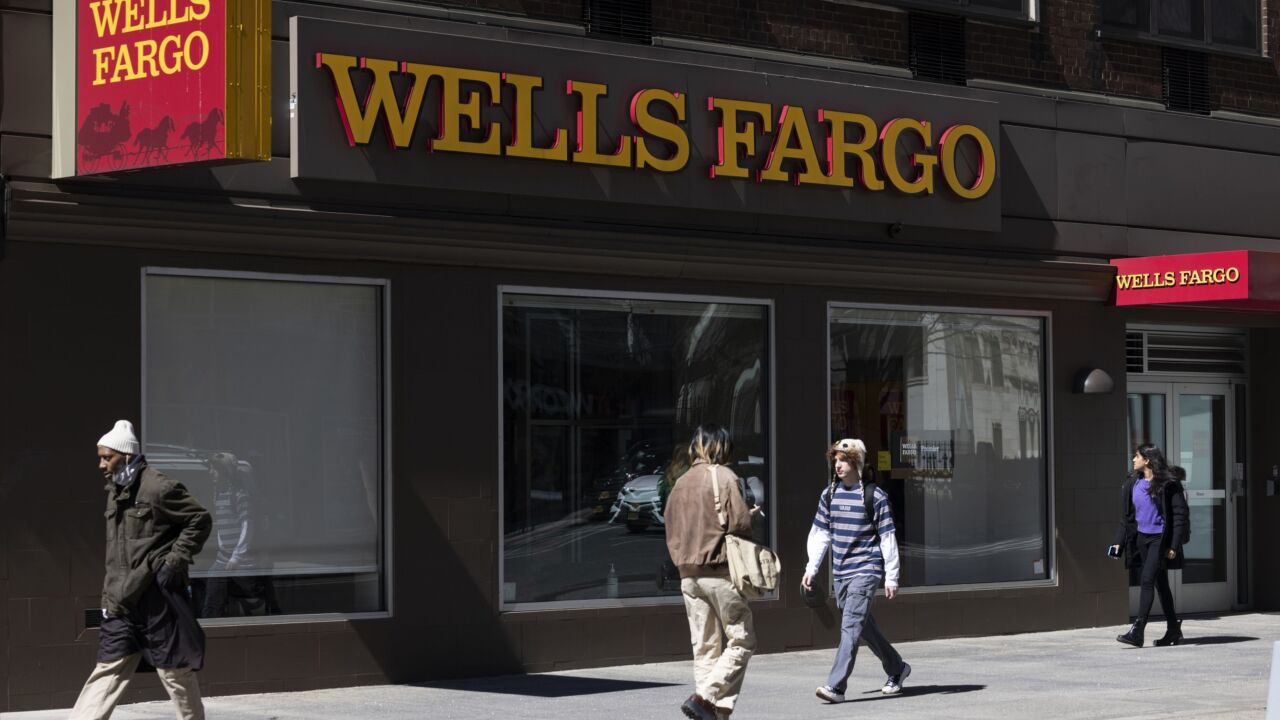
Diebold Inc. had two major goals for 2008: forge ahead with deploying new technology and make amends with the Securities and Exchange Commission over its accounting practices.
For most of last year, "the single seminal event would have to do with the economic and financial crisis, and our ability to really weather that storm," said Thomas Swidarski, Diebold's president and chief executive. But "like a lot of companies, there were a lot of other issues going on." The North Canton, Ohio, automated teller machine maker's matters with the SEC are still not fully resolved, though it reached a settlement in May over its accounting issues. Diebold had stopped reporting earnings after the SEC began an investigation in 2007 into its practice of booking revenue for some sales before the products were shipped; it resumed reporting in September 2008 and has changed its accounting practices.
Though Diebold's financial reports were on hold, its business was not.
Michael Jacobsen, a spokesman, said that "during all of that, we really had to communicate to the industry … [that] our customers still valued Diebold as a brand that they still wanted to do business with."
To that end, "we announced a number of customer agreements during that time, probably more than we normally would, just because of the fact that we didn't have financials to report."
Diebold also had to fight off an unsolicited buyout offer from United Technologies Corp. last year. The Hartford, Conn., conglomerate offered a 66% premium on Diebold's stock price at the time, but Diebold insisted it was worth much more because its stock was undervalued.
"It was a low offer given the fact that we weren't reporting," Jacobsen said. When Diebold began filing its earnings again, analysts finally agreed that United's offer was too low, and it withdrew its offer.
Diebold's biggest technology push in financial services has been deposit automation, adding imaging capabilities to ATMs that enable people to make deposits without putting cash and checks into envelopes. "Both the check and the bill aspects of that have been well received in the marketplace," Jacobsen said.
Though he could date Diebold's work on that technology to 1992, Jacobsen said the biggest recent advance came in June with its Enhanced Note Acceptor, an envelope-free cash deposit system. Ken Justice, Diebold's vice president for global self-service marketing and management, said the company is trying to make envelope-free deposits as easy for users as envelope deposits have become.
"No one's there yet, and so that's where the bar is," he said. Still, the technology in place today is having an effect.
International clients are driving some of this improvement since there are fewer options for them to deposit their money, Justice said. "We take for granted in the U.S. how reliable mail is."
Though Diebold has business in other industries, Justice stressed that its focus is on improving the technology it provides to financial services. "The ATM channel is a trusted channel, and we're trying to keep it that way," he said.





